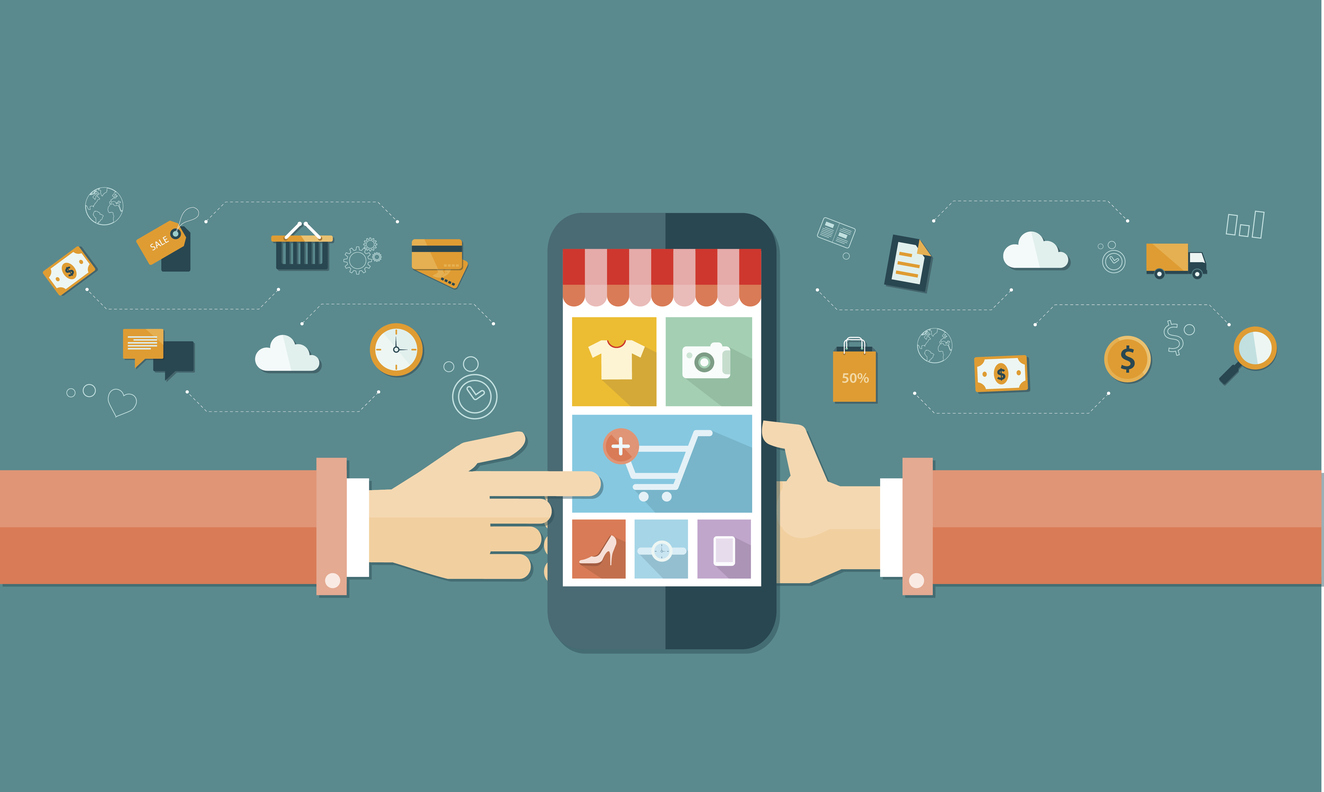
Ask the average consumer what “personalized” service means to them and they’ll probably describe a face-to-face encounter like this:
I walked into my favourite store and the associate smiled at me and greeted me by name. Then they showed me a new item they said they knew I would love based on the last time I walked in. I even got a discount because they consider me a loyal customer!
Personalization is about being recognized and treated in a way that makes you feel appreciated, no matter what marketing channels are used. The challenge for most businesses is replicating that kind of approach digitally, given that in-store visits are now only a part of the overall customer experience.
A poll taken during the Shop.org Digital Summit conference earlier this year, for example showed just how difficult personalization in marketing has become. The survey revealed that 46% of marketers do not personalize (email) subject lines, while 65% do not personalize email copy. Forty-nine percent of respondents described their marketing efforts as ‘one-size-fits-all.
It’s no wonder e-commerce shopping carts have an average abandonment rate of nearly 70%. Unfortunately, it’s not going to get any easier for brands to grab the attention of customers who are increasingly distracted (with 87% using multiple devices even when they’re watching TV). The rise of ad blocking, meanwhile, is a good reminder that customers want types of marketing that are highly relevant, non-intrusive and highly engaging.
Salesforce Marketing Cloud provides a way to bring marketing channels together and also make them more effective, especially if you keep a few best practices in mind:
Upgrade Your ‘Greeter’ Strategy
Having an employee stand near a store entrance offering a friendly welcome may be one of the oldest marketing strategies in the book. It’s also just one way to achieve the same effect of a personal, one-to-one customer experience. Answer honestly:
Can you greet them on someone else’s turf? If they’re visiting websites with content related to the products and services you offer, your ads should be there. Marketing automation brings precision to managing campaigns in a more tactical way. Same goes with social media -- if they’re chatting online about potentially making a purchase, contributing value to that conversation is like a virtual way of putting your hand up to help.
Can you invite them before you greet them, rather than hoping they show up? The right email message at the right time can not only drive awareness but also motivate an in-store or online visit. Data you can draw upon from CRM tools like Sales Cloud or customer service tools such as Service Cloud become a powerful way to strengthen what Marketing Cloud can do.
Can you greet them before they arrive, or as they arrive? From the moment someone parks their car, companies have an opportunity to use mobile messaging such as SMS or push notifications to signal you’re looking forward to their visit, or to see if you can help respond to their needs as soon as they walk in. Beacons, meanwhile, can be embedded in physical environments to greet customers who go to specific areas of a store and see if there’s a way to help them.
Curate Information As Well As You Curate Products And Services
The same channels of distribution you use to greet customers can also add value beyond pitching a particular product or service. Businesses are natural “curators” of things people want to buy, of course, but the best of them also offer content that educates, entertains or inspires customers.
If someone is browsing online for an item, for example, why not use marketing automation to serve up reviews from independent publications? If they’re walking through a store and considering something on the shelf, use push notifications with a link to a video that shows the product in action. If they turn to social media to ask friends about something they’re researching online or in-store, weave yourself into the dialogue with pointers to studies or other resources that not only helps them make a decision, but builds their trust with your brand.
Turn ‘Hovering’ Into Helping
We’ve all been in stores where an associate wouldn’t leave us alone. When you feel like you’re being stalked, the natural impulse is to flee. That’s true both in-store or online. On the other hand, no one wants to go wandering around looking for help from a store associate that seem strangely absent.
The data you gather from email opens, site visit activity, online ad performance or even location data from beacons can ensure the types of marketing you pursue strikes the right balance between attentive and intrusive.
Sending a promotional code or discount via SMS while a customer visits a particular web page or picks up an item in an area of a store, for instance, may determine whether you make the sale or miss an opportunity. Sending an email with information on other products and services they might like based on a customer’s purchase history, meanwhile, could be a lot more powerful than a simple “thanks for your business” when their shopping experience ends. Brands can also make use of social listening features in Marketing Cloud to pop up only when it feels natural to the customer.
Before too long, the companies that experience real growth will be those that have mastered using right marketing channels with customers in such a way that they each feel special. In turn, those same customers will start to think your company is pretty special, too.
Meet the platform for creating one seamless customer experience across sales, service, and marketing in our free ebook “The Marketer’s Field Guide.”



